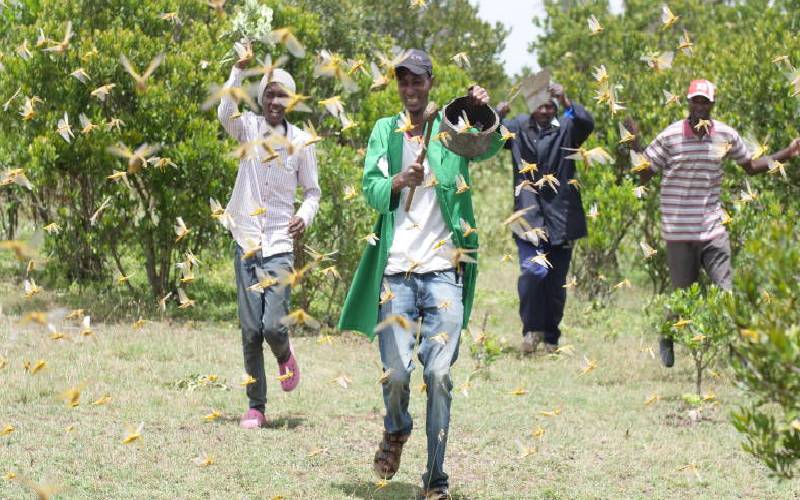×
The Standard e-Paper
Join Thousands of Readers

The desert locust infestation could be coming under control now. But it has left a trail of destruction, particularly worsening food insecurity in the parts of the country that were hard hit by the invasion.